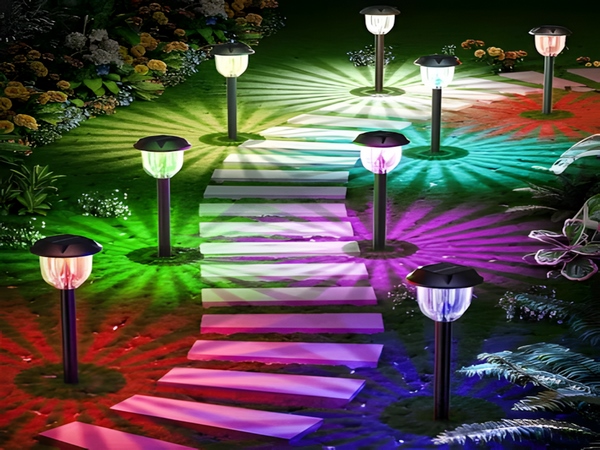

Signage not only serves to provide information but also needs to blend seamlessly with the environment. The design and presentation of a sign or plaque incorporate various factors such as urban planning characteristics, architectural style features, spatial dimensions, color schemes of the surrounding environment, aesthetic needs, and the material properties required by the environment. The common types of materials for signage include the following.
1. Oily, smooth type
This type can either have patterns or be a plain reflective surface, resembling materials that create reflections.
2. Night-vision functionality
This material type belongs to luminescent materials, commonly referred to in simpler terms as neon light types.
3. Acrylic material
This material appears plastic-like but is more durable than regular plastic, often used in recruitment signs for large fast food chains.
4. Metal material type
This is one of the more commonly used materials initially, known for its resistance to deformation over time. In certain contexts, the texture of metal can elevate the sophistication and elegance of the environment when combined with signage.

5. Electronic scrolling sign
Primarily utilizing light-emitting diodes or luminescent tubes, this type produces single-color or multi-color effects. Examples include scrolling signs in service locations.
These are the main types of materials for signage. In some special contexts, wood-based materials with a more antique feel may also be used. The appropriateness of material types depends on specific circumstances. Each type of signage material has its distinct advantages; the key is whether it is suitable for the intended use.



